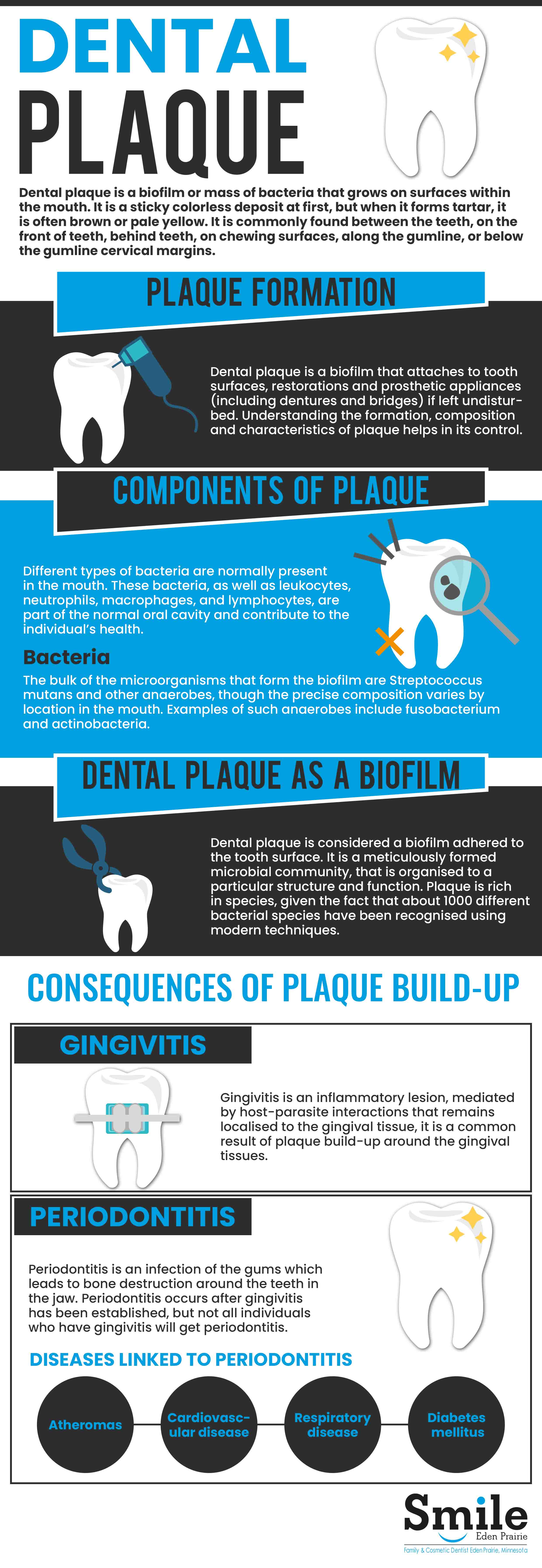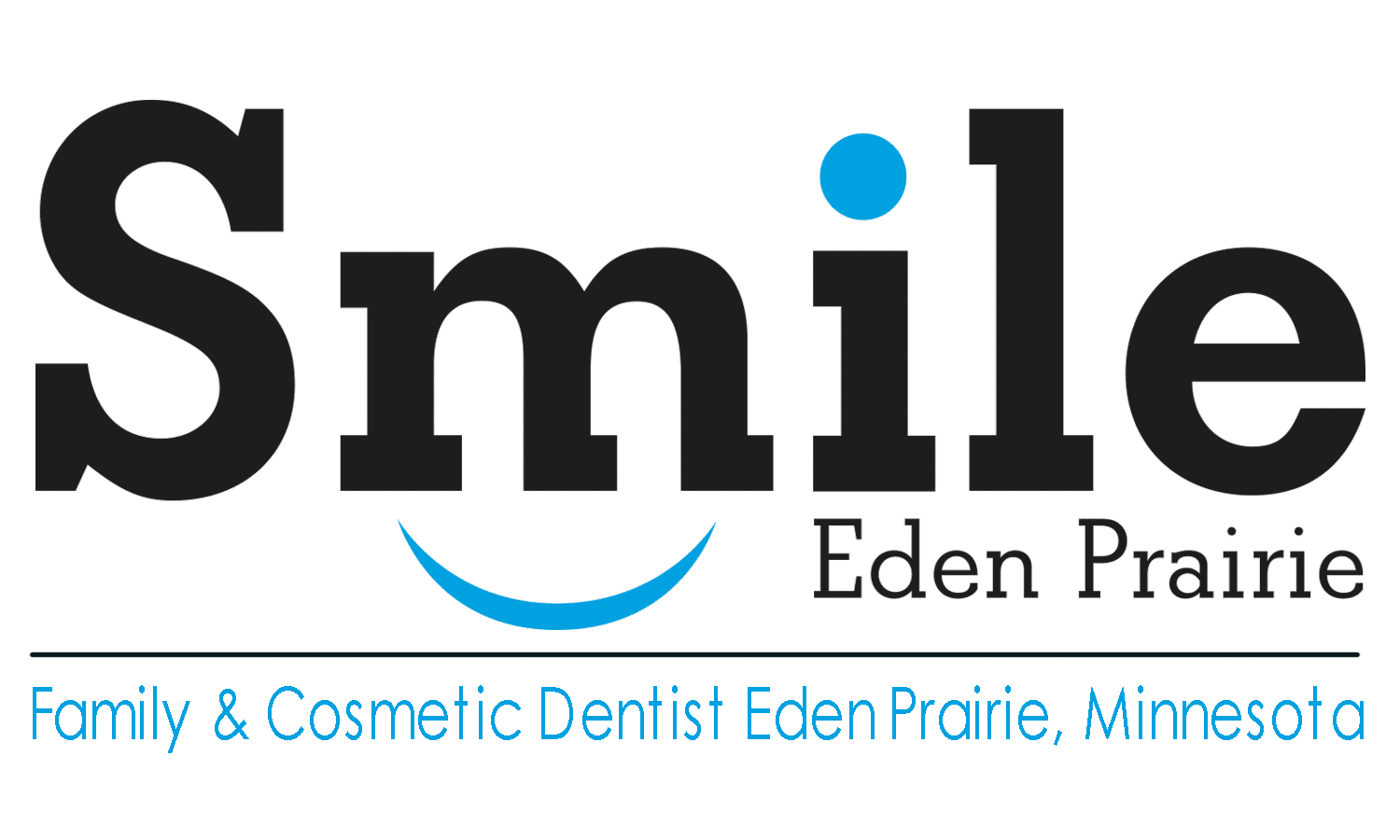General Dentistry Concepts: Plaque
Dental plaque is a biofilm or collection of bacteria which grow on the surfaces of the mouth. Plaque is sticky and colorless at first, however, it often turns to brown or a pale yellow when it forms tartar. It is often found in between the teeth, on the front surface of the teeth, behind teeth, on chewing surfaces, along the gumline and below the gumline. Other names for dental plaque include microbial plaque, oral biofilm, dental biofilm, dental plaque biofilm and bacterial plaque biofilm. Bacterial plaque is one of the most prevalent causes for tooth decay and gum disease.
The build-up and progression of plaque on the teeth can ultimately result in tooth decay. The destruction of the tooth’s tissues occurs from the acid which is produced from the bacterial degradation of fermentable sugar. This can also result in periodontal problems like gingivitis and periodontitis. As a result, it is critical to disrupt the mass of bacteria and remove it. The prevention of plaque build-up and removal can be achieved with thorough brushing of the teeth twice a day and flossing.
Oral hygiene is especially important as dental biofilms can become acidic which causes the demineralization of the teeth. This process is also known as dental caries. The biofilms can also harden into dental calculus or tartar. Regular tooth brushing and interdental aids cannot remove calculus. It can only be removed with a professional cleaning.
Plaque formation
Dental plaque is a biofilm which, if left undisturbed, attaches to tooth surfaces, restorations and prosthetic appliances such as dentures and bridges. It is important to understand the formation, composition and characteristics of plaque to keep it under control. An acquired pellicle is a layer of saliva that is mainly comprised of glycoproteins and forms shortly after the teeth are cleaned or when new teeth are exposed. Bacteria attaches to the pellicle layer, forms micro-colonies which mature on the tooth, and can result in oral diseases.
Components of plaque
Various types of bacteria are often present within the mouth. These bacteria are part of a healthy normal oral cavity and contribute to the patient’s overall health. About 80–90% of the weight of plaque is from water. Nearly 70% of the dry weight is from bacteria and the remaining 30% is from polysaccharides and glycoproteins.Bacteria
A majority of the microorganisms which form the biofilm are Streptococcus mutans (S. mutans) and other anaerobes. The precise composition of biofilm varies based on the location in the mouth. S. mutans and other anaerobes are the first colonizers of the tooth surface. They play a major role in establishing the first biofilm community. These microorganisms are all naturally present in the oral cavity and are typicallt harmless. However, the failure to thoroughly remove plaque through regular tooth-brushing allows the microorganisms to proliferate and establish a thick layer. As a result of their ordinary metabolism, they can cause a variety of different dental diseases for the patient. The microorganisms which are closest to the tooth surface typically obtain energy through the fermentation of dietary sugar. During the fermentation process, they start to produce acids.
The bacterial equilibrium position can vary throughout the different formation stages. Below are the bacteria that may be present during the phases of plaque maturation:
- Early biofilm: mainly Gram-positive cocci
- 3-4 days older biofilm: increased levels of filaments and fusiforms
- 4-9 days undisturbed: more complex flora with rods, filamentous forms
- 7-14 days: Vibrio species, spirochetes, more Gram-negative organisms

